Dropper Bottle Selection Guide: How to Make Allocation Accurate
Dropper Bottles are a common type of containers, which are widely used in medical, cosmetics, essence and other industries. The design of this bottle makes it an ideal choice for liquid distribution, especially for products that require accurate, convenient, and precise control of droplet volume. In this article, we will discuss with you the design and use of drip bottles, their applications in medical beauty and health fields, as well as the future innovation and development of drip bottles.
What are the design and characteristics of drip bottles?
Ⅰ. Dropper Design
Dropper bottle is a container designed for precise liquid distribution. It usually includes a specially designed dropper with a rubber head or glass dropper, allowing users to easily drip or release liquids to ensure accurate dosage.
Dropper bottles are highly favored for their unique design and outstanding characteristics, becoming a leader in the field of liquid distribution. Its design and features aim to provide users with a precise, convenient, and waste free user experience.
-
Rubber Head Dropper Structure
Rubber Head: The rubber head is the top of a dropper dropper, and the cap is usually made of soft and durable rubber material, including other materials. This head is designed to easily compress and release to control the flow of liquid.
-
Glass Dropper Structure
Glass Tube: A glass dropper is a slender tube made of transparent glass, whose diameter and length are usually designed to be compatible with rubber or other material caps and able to adapt to specific liquid flow characteristics.
The design of dropper heads can vary depending on the application field and product type to provide more flexible liquid distribution solutions.
Round Head Dropper Head: The round head dropper head is one of the most common designs. The dropper head has a rounded shape, making it easier to align with the mouth of the container. This design is suitable for most general drip bottle applications and ensures smooth liquid flow.
Pointed Dropper Head: Pointed dropper heads typically have a narrower design, providing more precise drip control. This shape of dropper head is suitable for situations that require highly accurate measurement, such as some laboratory or medical applications.
Flat Head Dropper Head: The flat head dropper head has a wider outlet and may form larger droplets when the liquid drips. This design is suitable for applications that require relatively high doses, such as the administration of certain drugs.
Spherical Dropper Head: Some dropper heads are designed to be spherical, and releasing the spherical dropper head will push the liquid out. Users can control the release of droplets through moderate pressure. This design is common in some drug and skincare applications.
Angle Dropper Head: The design of the angle dropper head allows the dropper head to tilt, making it easier to control the direction of the droplet and suitable for situations where directional liquid distribution is required.
Graduated Dropper Head: Some dropper heads are marked with a scale line to help users measure the amount of liquid more accurately. This is very useful for scenarios that require precise doses, such as certain drugs or laboratory applications.
Ⅱ. The Importance of Dropper Design for Precise Liquid Control
The design of droppers plays a crucial role in liquid distribution, especially in application scenarios that require precise liquid control.
-
Accurate Dose Control
The design of the dropper directly affects the amount of liquid that users can control. A carefully designed dropper ensures that each drop of liquid has a consistent size, allowing users to accurately measure and distribute the required amount of liquid. This is crucial in fields such as medicine, cosmetics, and laboratories.
-
Avoiding Waste
Accurate liquid control helps to avoid waste. Especially in high cost drugs, essence or other high concentration liquid products, each drop has a high value. By ensuring that the amount of liquid used each time is within the expected range, dropper design can minimize waste to the greatest extent possible.
-
Security of Medical Applications
In the medical field, some drugs require very precise doses to ensure patient medication safety. A well-designed dropper can provide doctors and patients with confidence during the medication process, ensuring that each administration meets clinical requirements.
-
Protecting Liquid Quality
Some liquids are highly sensitive to the environment, such as volatile essential oils or easily oxidizable drugs. A suitable dropper design can effectively protect liquids from external influences such as oxygen, moisture, or pollutants.
-
User Friendliness
An easy-to-use and user-friendly dropper design is crucial for user friendliness. Users can easily press, control, and stop the dropper, improving the convenience and comfort of the entire liquid distribution process.
-
Suitable for Different Liquid Characteristics
Different liquids have different fluidity and viscosity characteristics. A flexible dropper design can adapt to various liquids, ensuring precise liquid control in different situations.
Ⅲ. Material Selection
Plastic and glass are two common materials for making dropper bottles, each with a series of advantages and disadvantages.
-
Plastic Dropper Bottles
▶ Advantages
Lightweight: Plastic drip bottles are usually lighter than glass drip bottles of the same size, making them more suitable for applications that require portability.
Economy: The production cost of plastic drip bottles is usually lower, so they may be more cost-effective in some large-scale production situations.
Not Easily Broken: Plastic is more resistant to impact compared to glass and is less prone to breakage, making them more durable in less harsh environments.
Transparency: Plastic drip bottles are usually transparent, allowing users to clearly see the color and level of the liquid, which is important in many practical applications.
▶ Disadvantages
Susceptible to Chemical Substances: Plastics are susceptible to erosion by certain chemicals, which may affect the stability of some drugs or chemicals.
Not Suitable for High-temperature Liquids: Plastic may deform at high temperatures, so it is not suitable for storing or using high-temperature liquids.
Difficult to Disinfect: Compared to glass, plastic has poor high-temperature resistance, so it may not be suitable for some medical applications that require high-temperature disinfection.
-
Glass dropper Bottles
▶ Advantages
Chemical Stability: Glass has good chemical stability and is not easily affected by chemical substances, making it suitable for storing various drugs and chemicals.
High Temperature Tolerance: Compared to plastics, glass is more resistant to high temperatures and can be sterilized under high temperature conditions, making it suitable for some medical applications.
Recyclability: Glass is a recyclable material that helps reduce environmental burden and promotes sustainable development.
Transparency: Dropper glass bottles can be divided into transparent glass bottles and colored opaque glass bottles. High transparency glass is beneficial for users to clearly see the liquid inside the bottle, without the need to open or pour it out, making it easier for users to observe the color, transparency, and overall appearance of the product; Colored and opaque glass can protect some components that are sensitive to ultraviolet or light, maintaining the stability and purity of the components.
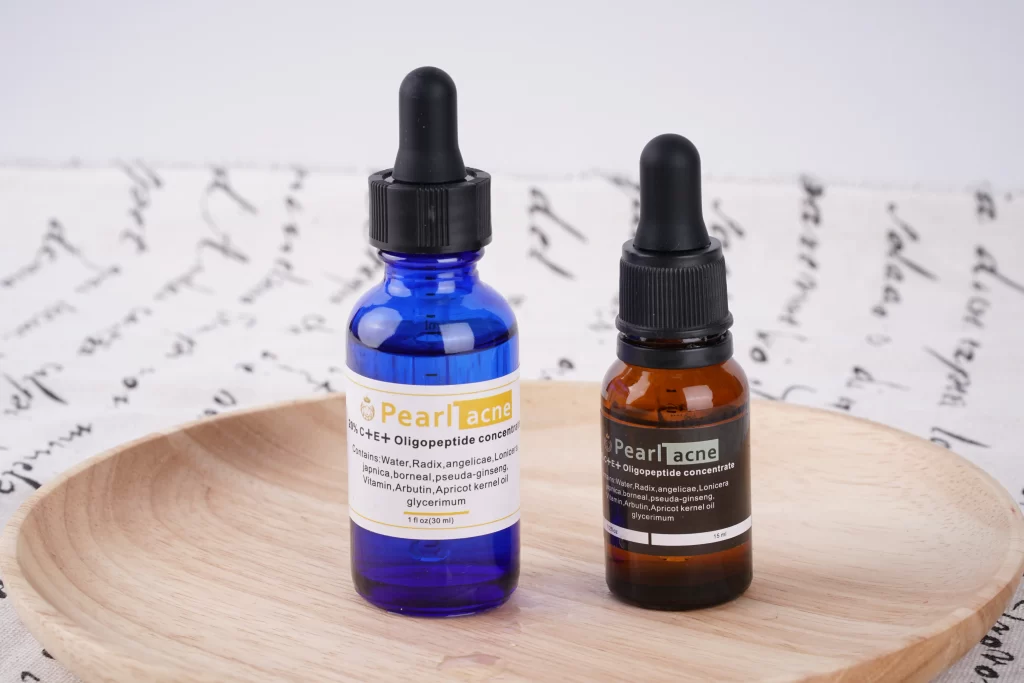
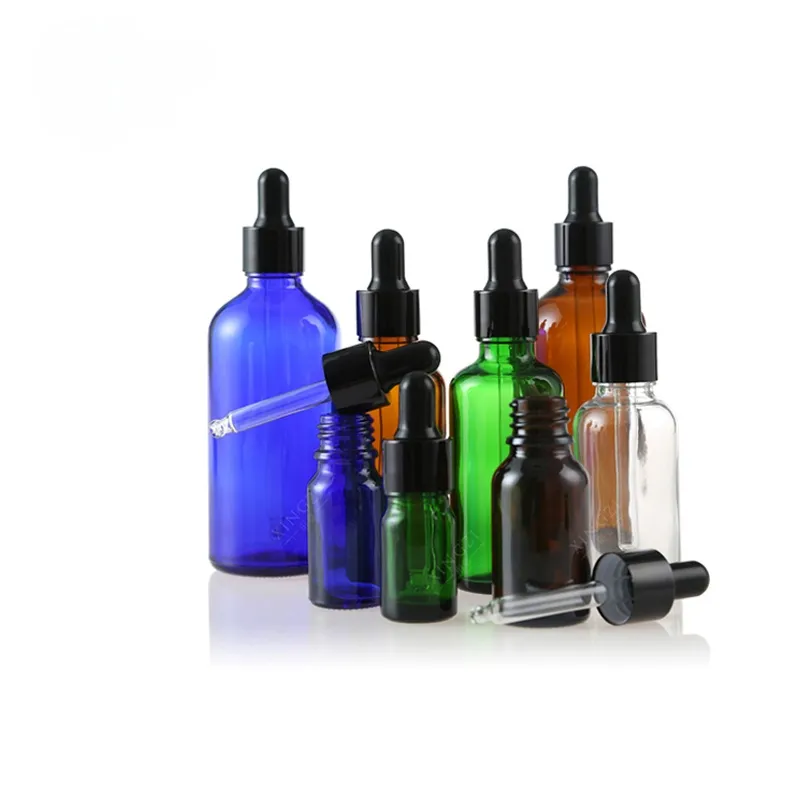
▶ Disadvantages
Weight: Glass drip bottles are relatively heavy, which may make them less convenient than plastic drip bottles in applications that require portability.
Fragile: The brittleness of glass makes it relatively easy for glass drip bottles to break, so it may not be suitable in some scenarios that require higher impact resistance.
High Cost: The production cost of glass drip bottles is usually higher, so in some cases it may not be as cost-effective as plastic drip bottles.
Ⅳ. Sealing Performance
The design feature of the dropper bottle to ensure the tightness is crucial, especially in the application scenarios where liquid drugs, essence, cosmetics, etc. need to be stored to maintain product quality and prevent leakage of contents.
Sealing Gasket: Dropper bottles are usually equipped with a special sealing gasket, located between the bottle mouth and the dropper. This sealing gasket can effectively prevent liquid from leaking from the bottle mouth, ensuring a sealed state when not in use.
Rubber or Silicone Pad: Some dropper bottles’ design use soft and durable materials such as rubber or silicone as sealing pads, which have good elasticity and can effectively maintain sealing.
Thread Design: Dropper bottles usually have a thread design to ensure a tight fit between the bottle cap and the bottle mouth. The threaded design helps provide additional protection to prevent external air, moisture, or other pollutants from entering the dropper bottles.
Rotary Sealing: Some dropper bottles’ design use a rotary sealing mechanism, which adds a rotary sealing ring between the bottle mouth and cap. This design ensures that the sealing ring completely covers around the bottle mouth, improving sealing performance.
Air Tightness Test: During the production process, the entire drip bottle undergoes an air tightness test to ensure that the sealing performance meets the specifications. This helps detect potential defects or vulnerabilities, ensuring that the product maintains good sealing during use.
Anti Leakage Design: The design of drip bottles should consider the viscosity and fluidity of the liquid, ensuring that the structure and sealing gasket of the dropper head can effectively prevent leakage when not in use.
Material Selection: Choose materials that are corrosion-resistant and chemically resistant, such as special plastics or glass, to ensure that sealing components are not damaged when in contact with different liquids, thereby maintaining sealing performance.
Closing Mechanism: The design of the drip bottle should include a user-friendly closing mechanism to ensure that users can easily and correctly close the drip bottle, thereby maintaining sealing.
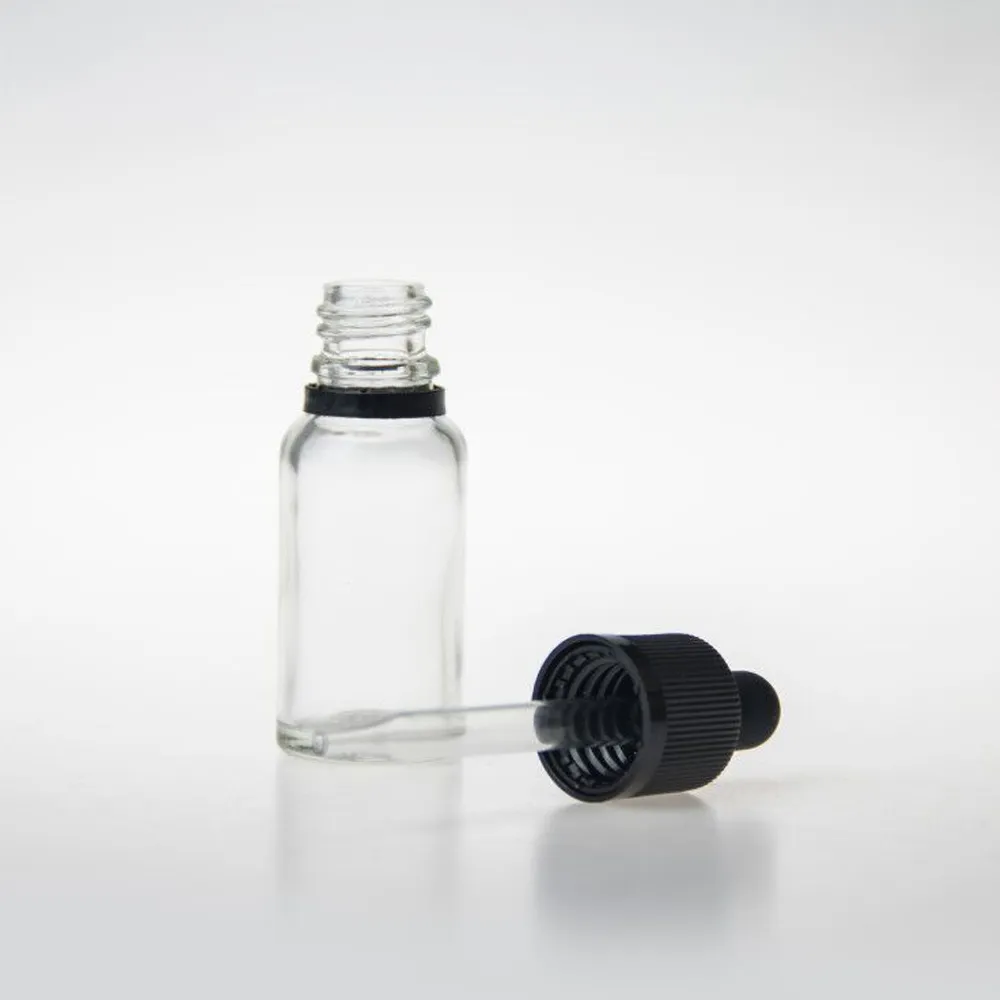
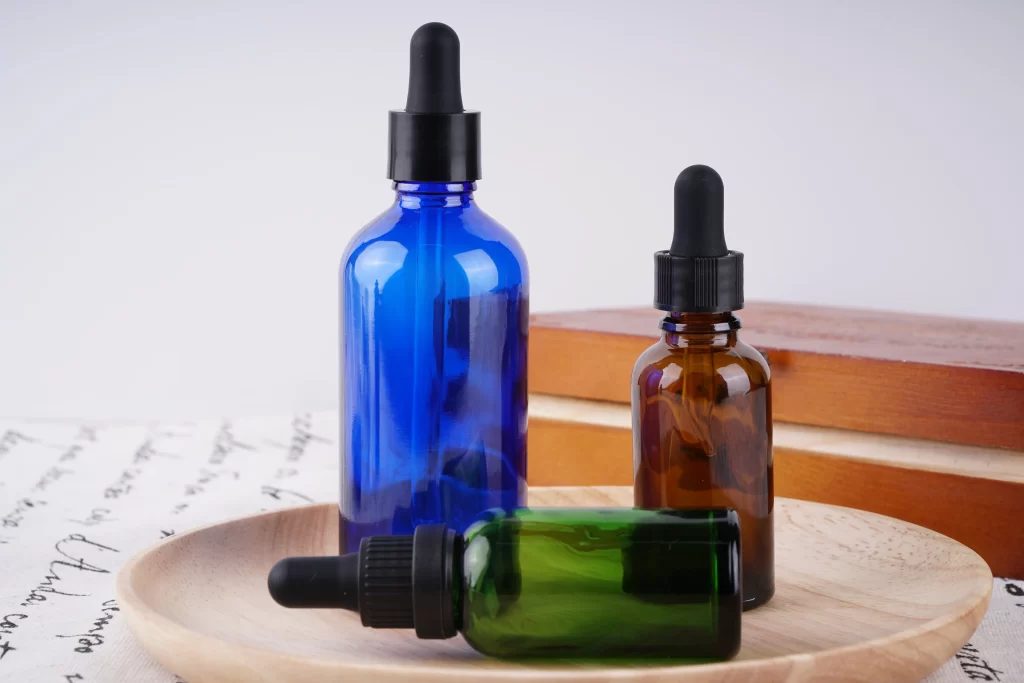
Sealing plays a crucial role in preserving sensitive substances such as medicines and essential oils, ensuring product quality, content stability, and effectiveness.
Many medicines, essential oils, etc. are prone to oxidation, degradation, and even volatilization, moisture absorption, or loss of moisture. During long-term storage, containers with good sealing can effectively prevent these situations from occurring, maintain product stability, maintain the required humidity level, and effectively ensure the preservation of active ingredients in the product; Good sealing performance can greatly prevent external pollutants such as dust, bacteria, etc. from entering the container, to avoid product contamination and loss of effectiveness, effectively maintaining the high purity and sterile state of the material. The most important thing in designing containers with strong sealing is to extend the shelf life of sensitive substances such as drugs and essential oils, slow down the decrease in their quality and efficacy, and extend the effective use time of products.
When choosing storage containers, especially for sensitive substances such as drugs and essential oils, sealing considerations are crucial. Effective sealing design helps ensure stable quality and performance of products throughout the entire storage cycle.
Ⅴ. The Application Fields of Dropper Bottles
-
Medical Use
Dropper bottles have a wide range of applications in the pharmaceutical field, and their design and functionality make them an ideal tool for drug storage, distribution, and use. What are dropper bottles used for in medicine field? ↓
Medicine Administration: Dropper bottles are commonly used for the administration of oral liquid drugs, eye drops, ear drops, oral liquid drugs, and other medications. Through the dropper head, patients can easily control and measure the dosage of medication, take and use the medication correctly, and ensure that the medication can accurately reach the target area.
Laboratory Application: Dropper bottles are widely used in laboratories to store and distribute various solutions, such as reagents, calibration solutions, etc. The design of the dropper head helps to accurately add liquid to the reaction vessel.
Infant Medication: For infants and young children, dropper bottles are the common and most simple way to administer liquid medication. The dropper head design of the dropper bottle makes it more convenient for infants to take medication while ensuring the accuracy of administration.
Nutritional supplementation: Dropper bottles can also be used for the administration of nutritional supplements, such as vitamin liquids, nutritional supplements, etc., to ensure that patients or patients can accurately consume the required nutrients.
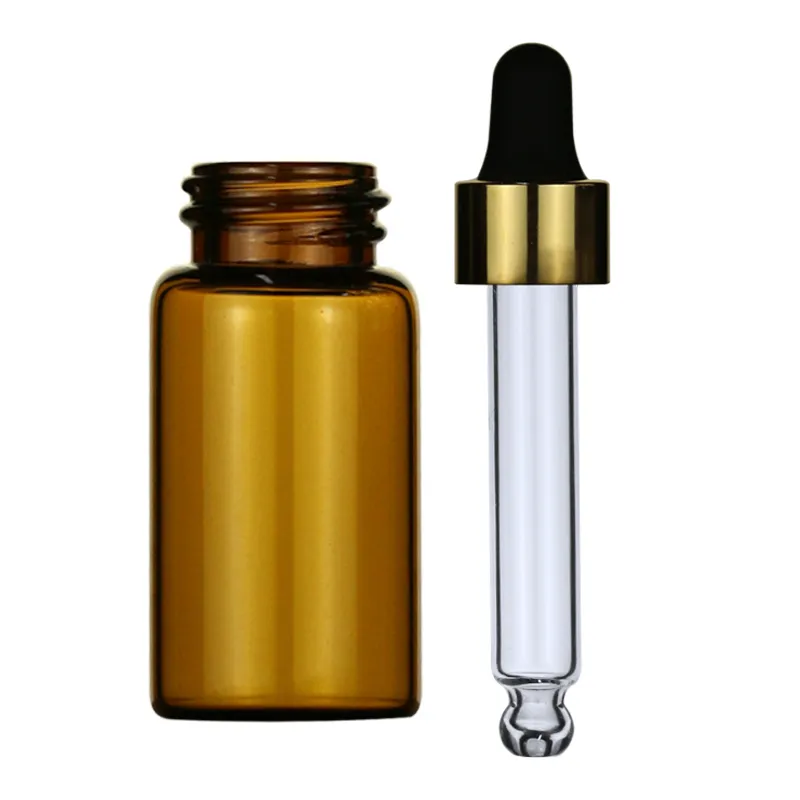
Accurate dosage is crucial for the success of drug treatment and the health of patients.
Safety: The therapeutic effect and safety of drugs are usually closely related to the dosage of the drug. Low doses may not achieve therapeutic effects, while high doses may lead to drug toxicity and side effects. Accurate dosage helps to ensure the expected therapeutic effect of drugs in patients, minimize the risk of adverse reactions and side effects caused by drugs, improve the success rate of treatment, and ensure patient safety.
Disease Control: Accurate dosage is crucial for maintaining disease control in the treatment of chronic diseases. For example, in patients with diabetes, the accurate adjustment of insulin dose is directly related to the stability of blood glucose levels. By ensuring accurate dosage, the progression of chronic diseases can be better controlled. Some microorganisms or tumor cells may develop resistance to drugs. Accurate dosage can help prevent the occurrence of drug resistance and ensure effective therapeutic effects on pathogens or tumor cells.
Improving Patient Compliance: Patients are usually more likely to follow treatment plans when they know they are receiving accurate doses. Accurate dosage of drugs can enhance patients’ confidence in treatment and increase their compliance with treatment plans.
Economic Benefits: Avoiding excessive or insufficient drug use can not only improve treatment effectiveness, but also reduce medical costs. Accurate dosage can reduce unnecessary drug use and avoid additional medical expenses caused by overdose.
-
Beauty and Essential Oil Products
Dropper bottles play an important role in the essence and essential oil industries. Their design and function make them ideal packaging tools for these sensitive liquid products.
Quantitative Allocation: The dropper head design of the drip bottle allows users to accurately allocate the amount of essential oil in a quantitative manner. This is crucial for manufacturers, perfumers or individual users to ensure the accuracy of the formula when making perfume, fragrance products or essential oil treatments.
Leakage Prevention Design: The ingredients of essence and essential oil are usually expensive, concentrated and volatile, so it is crucial to prevent leakage and prevent the essential oil from being affected by oxidation, moisture and light. Drip bottles, with their sealing and leak proof design, can effectively prevent product volatilization or leakage during storage and transportation, reducing waste.
Keep Product Purity: essence and essential oil are very sensitive to external pollutants. The design of drip bottles can prevent external air, microorganisms, and other impurities from entering, ensuring the purity and quality of the product.
Convenient to Carry: dropper bottle enables essence and essential oil to be carried with you, so as to supplement when necessary.
.webp)
Instructions for Use
Ⅰ. Basic Steps for Use
Shake the liquid well → Open the bottle cap → Remove the sealing film → Cover the dropper cap and squeeze the dropper head → After use, tighten the dropper cap to prevent contamination
Ⅱ. Matters Needing Attention
◆ In medical applications, before administering medication, it is necessary to keep hands thoroughly clean and carefully follow medical advice or pharmacist’s medication instructions; Especially when administering medication to infants or young children, special care should be taken to ensure safety.
◆ For concentrated essential oils, be careful with the dosage when using and avoid the dropper head coming into contact with any surface to prevent contamination of the liquid.
◆ When in a laboratory environment, it is important to ensure that the liquid is clean to avoid affecting the experimental results. During the experiment, choose a suitable and professional dropper head to ensure accurate measurement.
Ⅲ. Cleaning and Maintenance of Dropper Bottles
Maintaining and cleaning dropper bottles is a crucial step in ensuring their long-term safety, effectiveness, and hygiene.
Daily Cleaning: Regular daily cleaning is an important part of maintaining the hygiene of drip bottles. Gently wipe the outside of the dropper bottle and the dropper head with warm water and neutral detergent. Make sure not to use a brush that is too hard during cleaning to avoid damaging the dropper head.
Regular Disinfection: In addition to daily cleaning, regular disinfection is also necessary. Use a suitable disinfectant or boil the dropper bottle in hot water to ensure that all components are thoroughly disinfected. Especially in medical applications or shared use, disinfection is a crucial step.
Avoid Mixing: Drip bottles with different liquids or uses should not be mixed. Before use, ensure that the previous liquid has been cleaned thoroughly and avoid mixing different types of liquids to avoid unexpected chemical reactions or cross contamination.
Maintain Sealing: Regularly check the sealing performance of the drip bottle. Ensure that the bottle cap, dropper head, and sealing gasket are not worn or damaged to prevent liquid leakage or external contamination.
Avoid High Temperatures and Direct Sunlight: Prolonged exposure to high temperatures or sunlight may affect the sealing performance of drip bottles and alter the properties of the contents. When storing, try to avoid direct sunlight and high temperature environments, and keep the drip bottle at an appropriate temperature and humidity.
Replace Damaged Parts: Regularly inspect the dropper head and other components for wear or damage. If any damage is found, it should be replaced in a timely manner to ensure that the drip bottle can be used normally.
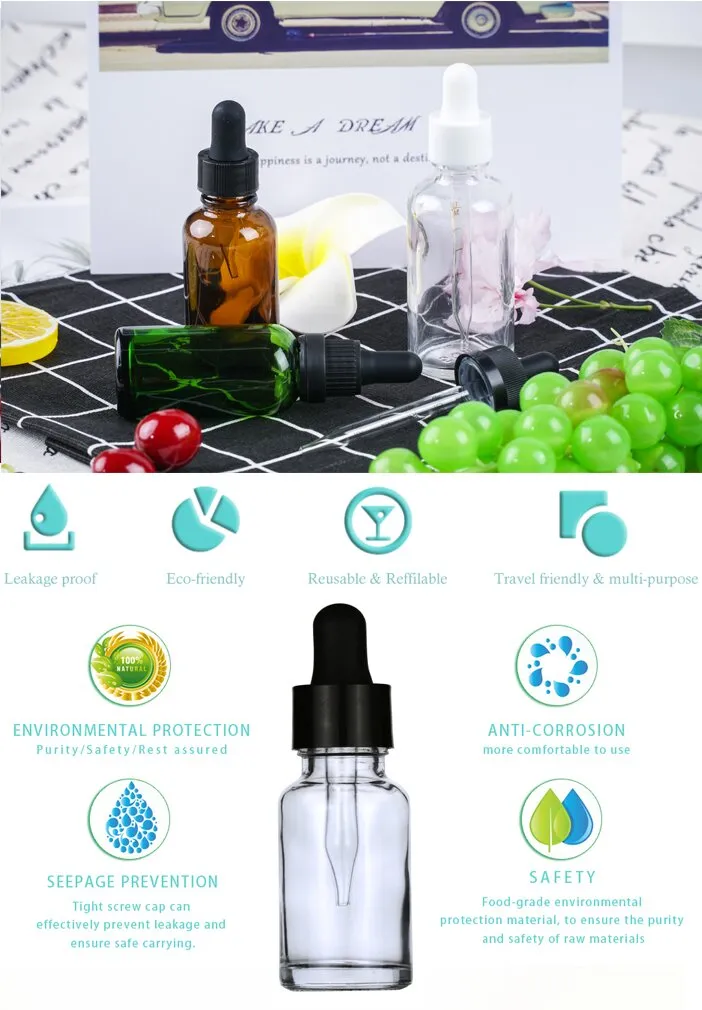
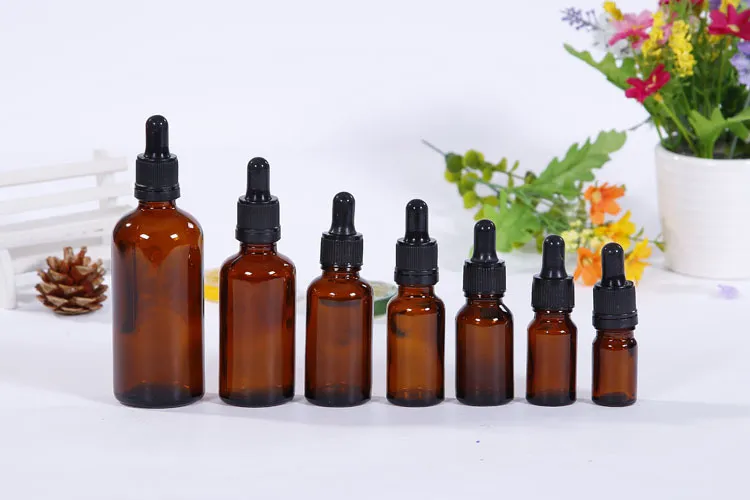
Attention Should Be Paid When Storing: If there is residual liquid in the drip bottle, it should be avoided to store it upside down or flat to prevent liquid leakage. You can choose to keep the dropper bottle in a vertical position to ensure that the dropper head is in the appropriate position.
Precautions for Personal Use: Avoid direct contact between the dropper tip and hands or other surfaces during personal use to prevent cross infection. Ensure that your hands are clean before use.
The Future Development of Dropper Bottles
Dropper bottles are widely used in the fields of medicine, beauty and essence. The future innovative applications may involve technology, design and materials.
1. Dropper Head Design: More precise administration requires more innovative and advanced dropper head design to adapt to different types of drugs and uses, ensuring that patients can easily obtain more suitable and correct drug doses.
2. Biodegradable Materials: For disposable drip bottles, more environmentally friendly biodegradable materials may be used in the future to reduce the impact of disposable waste such as plastics on the environment.
3. Personalized Beauty Bottles and Essential Oil Bottles: In the field of beauty, the appearance of drip bottles can be used for personalized customization, creating unique product packaging through innovative design and packaging.
These innovative applications demonstrate the potential diversified development directions of drip bottles in the future, aiming to improve efficiency, reduce environmental impact, and provide users with more personalized and convenient experiences.
Epilogue
Under the guidance of dropper bottles, liquid distribution has become more convenient, precise, and considerate. Whether in the field of medicine, beauty or essence, dropper has become a powerful assistant in many people’s daily life due to its unique design and irreplaceable role.
Through careful operation, the dropper bottle can dispense liquid on a drop by drop basis, ensuring the accurate use of drugs, essence, essential oils, etc., providing convenience and reassurance for users. Its pollution prevention design and portability enable dropper bottles to play an important role in different scenarios.
In the future, we can look forward to more innovative applications of dropper bottles to provide users with a more convenient user experience. The application of biodegradable materials may lead to greater strides in environmental protection for dropper bottles. The development of personalized customization and multifunctional dropper bottles will meet the special needs of different industries and individuals.
While experiencing the convenience and precision of dropper bottles, we should also cherish the beauty of their design. In daily life, let dropper bottles become our effective assistants, bringing us a more exquisite, healthy, and beautiful experience. Whether adding color to one’s own health or adding a touch of fragrance to life, dropper bottles play an irreplaceable role in liquid distribution due to their unique position.

 Italiano
Italiano Português
Português
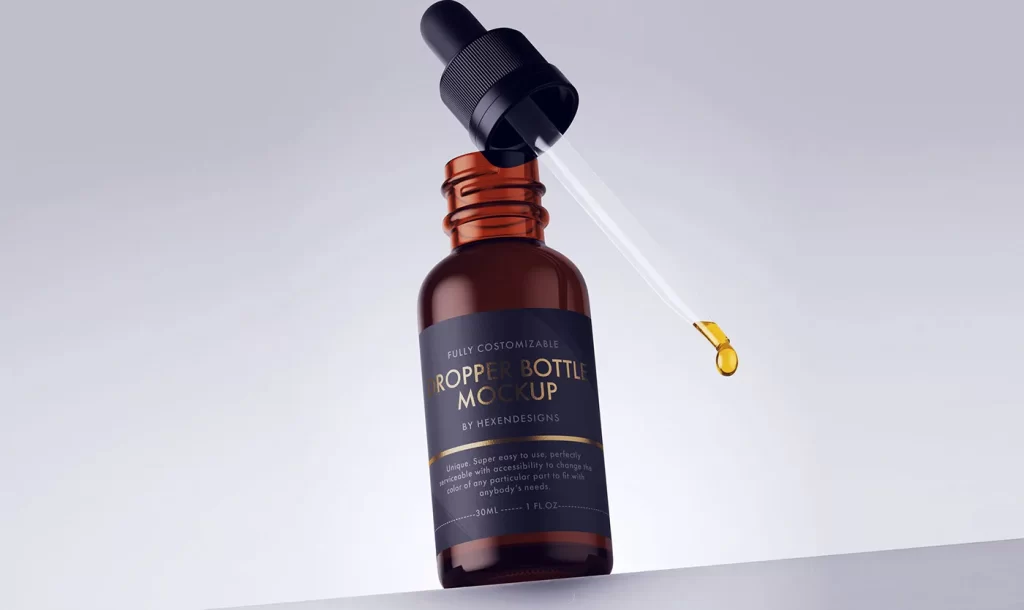
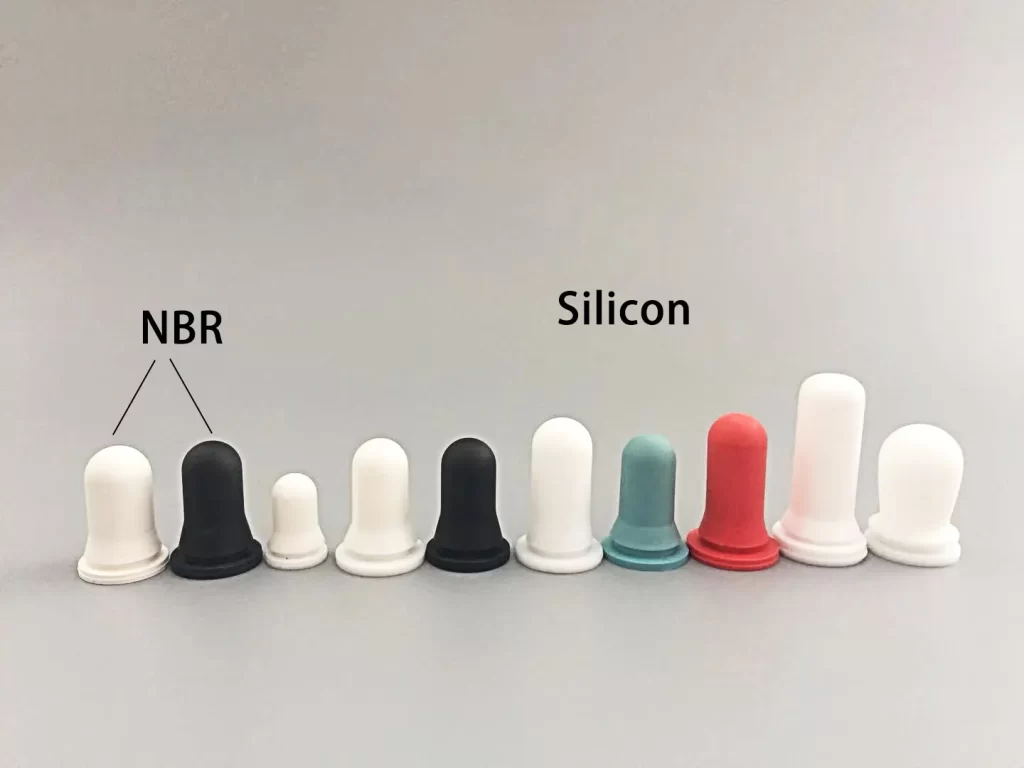
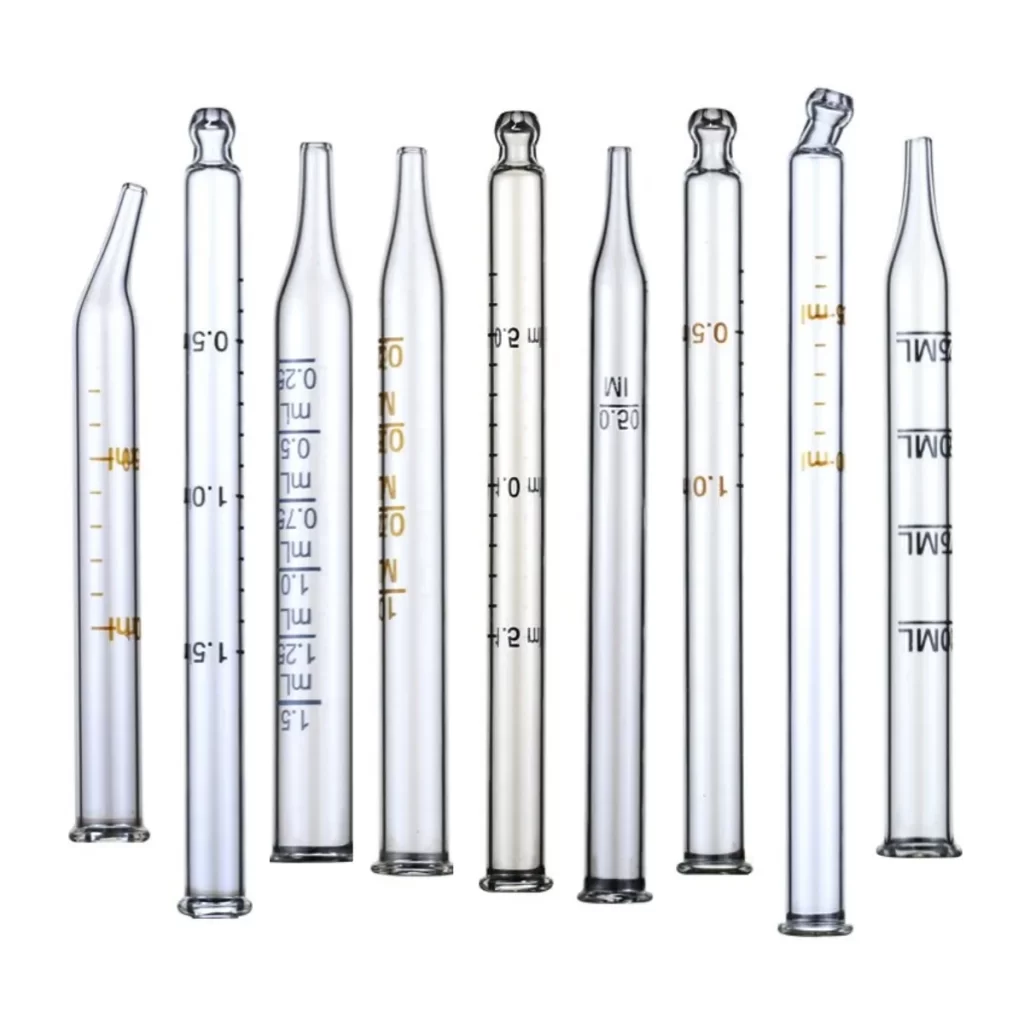
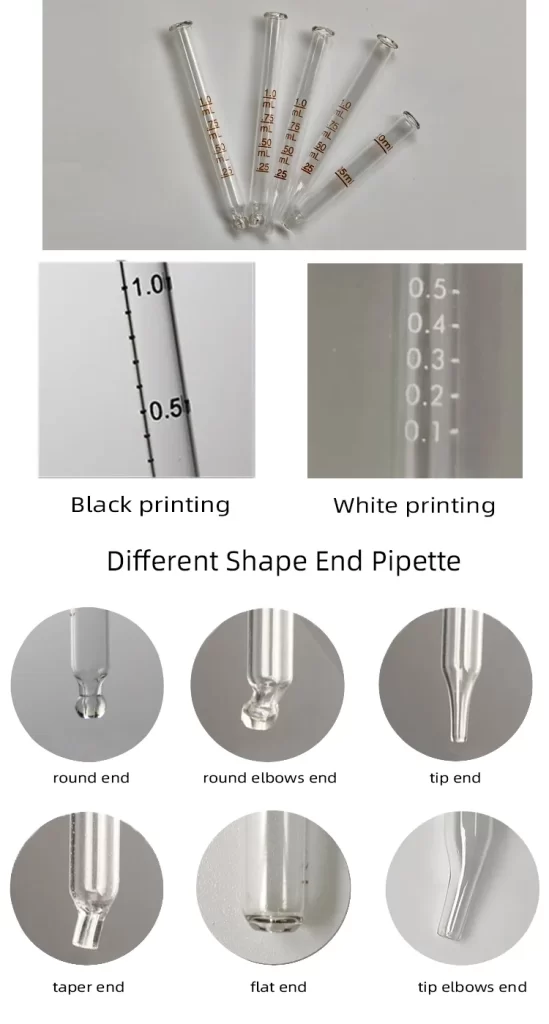
Your article helped me a lot, is there any more related content? Thanks!
Your article helped me a lot, is there any more related content? Thanks!
Your article helped me a lot, is there any more related content? Thanks!
See the blog page of the website for more articles.